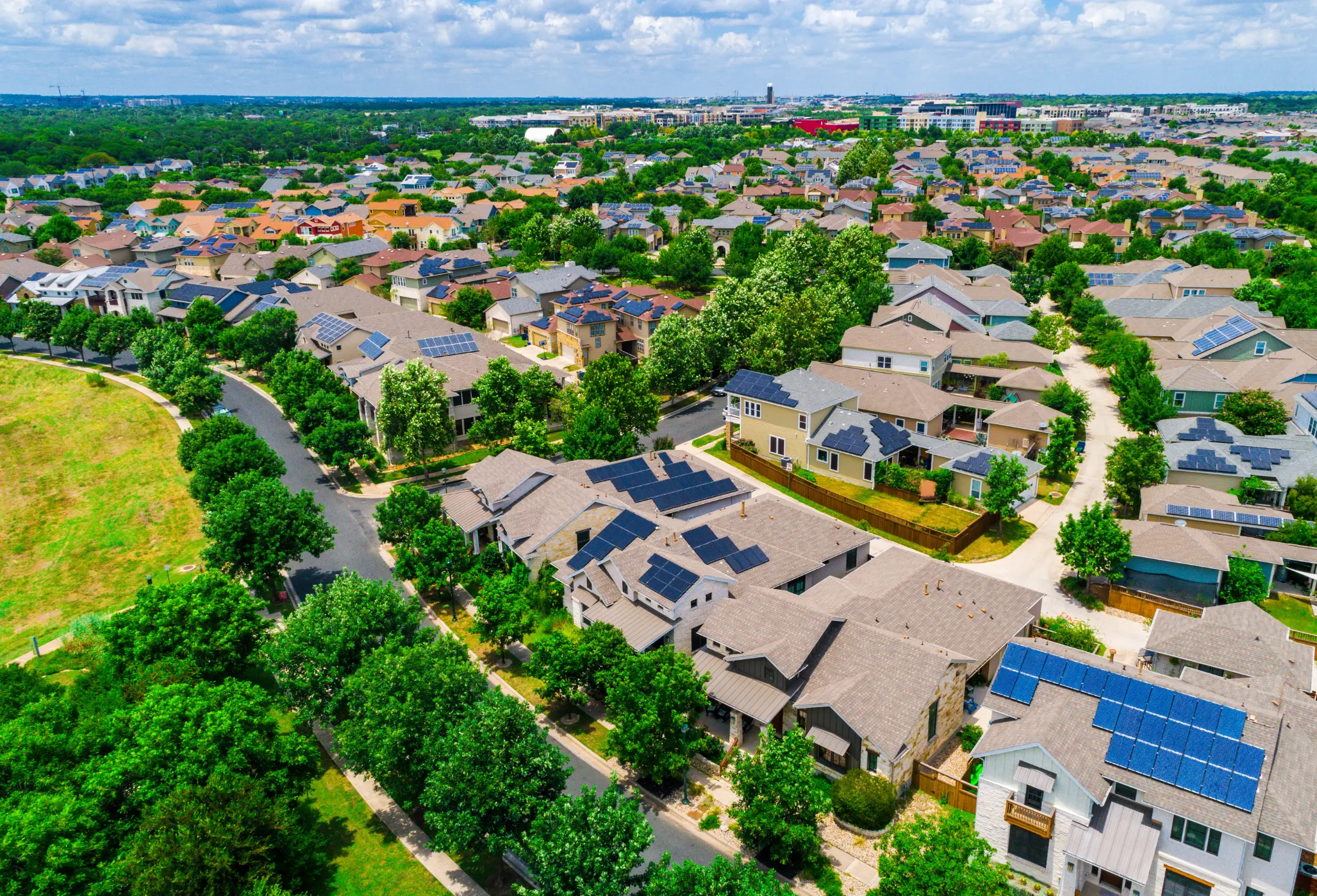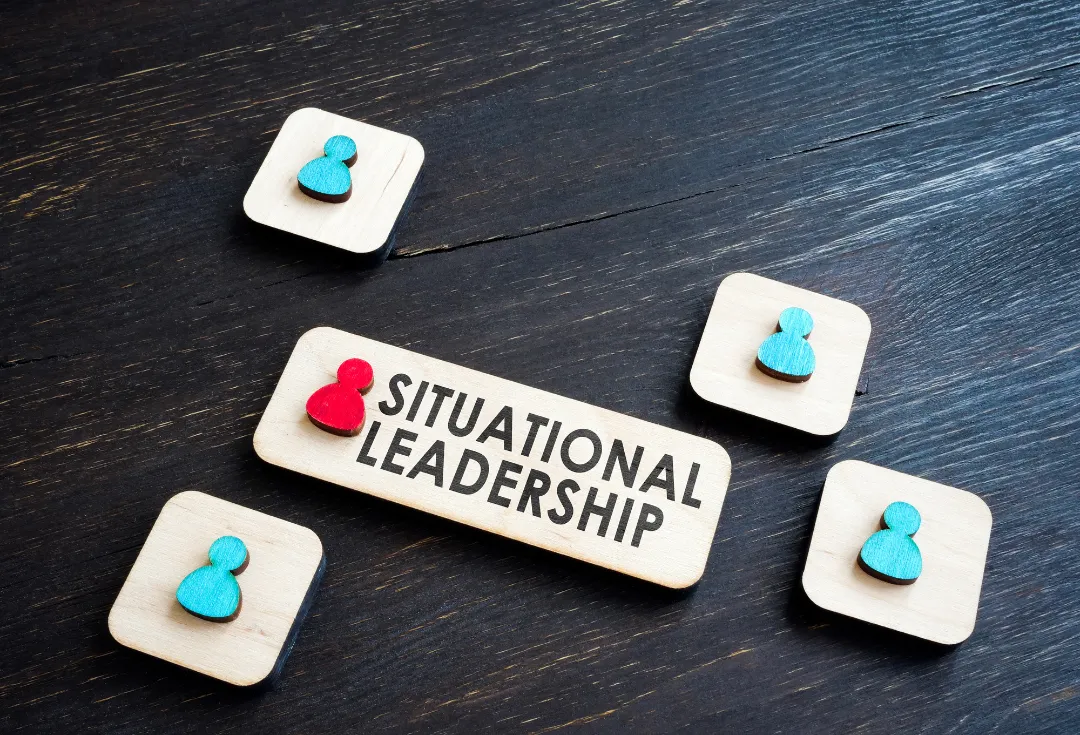We live in an age where climate change and the rapid depletion of resources are posing an immediate threat. This crisis not only impacts our quality of life, but also the generation that is to come next.
A revolutionary concept that has gained importance when it comes to sustainability is sustainable construction. This includes designing whole cities while keeping sustainability in perspective.
Evidently, the climate crisis needs to be addressed with the utmost importance and urgency. This means different fields need to implement sustainability in their methods and systems.
Although being sustainable while building cities will come with its complexities and hurdles, overcoming these obstacles can create a greener community.
The Two Key Challenges of Sustainable Construction
Climate Change
Buildings account for 37% of global carbon emissions currently. Sustainable design strategies like renewable energy help reduce greenhouse gas emissions that are causing climate change.
Cities are also major contributors to climate change. Sustainable urban planning focuses on transit-oriented development and walkable neighborhoods to reduce transportation emissions.
Resource Scarcity
With population growth and development, critical resources like water, construction materials, and productive land are becoming scarce.
Sustainable buildings use water-efficient fixtures to reduce usage. Sustainable cities preserve green spaces and prioritize infill development rather than sprawl.
Sustainability concepts are becoming central to construction and urban planning today. The goal is to create zero-carbon buildings and cities that can support economic growth without environmental decline or resource overuse.
Key principles of sustainable construction
Energy efficiency and renewable energy
Energy efficiency is a core principle of green building design. Strategies include high performance insulation, air sealing, energy efficient windows, LED lighting, and smart heating and cooling systems.
Water conservation and efficiency
Sustainable construction aims to reduce water usage through low-flow plumbing fixtures, greywater recycling systems to reuse water onsite, drought tolerant landscaping, and smart irrigation controllers.
Waste reduction and recycling
Construction waste accounts for around 35% of total waste. Designing out waste, using modular construction, and recycling materials can divert waste from landfills. Installing onsite recycling stations and composting systems also promotes the circular economy within buildings.
Healthy indoor environments
Sustainable construction focuses on indoor air quality, access to daylight and views, acoustics, and occupant health and wellbeing. Strategies include ample glazing, green walls, non-toxic materials with low VOC emissions, adequate ventilation, and designing for comfort and productivity.
Climate and disaster resilience
As climate impacts intensify, buildings need resilience against flooding, heatwaves, and extreme weather. This involves elevating critical systems, onsite renewables, passive survivability, and hardening the building envelope. Sustainable land use patterns also reduce climate vulnerability.
Implementing Sustainability in Buildings
There are various ways that sustainability can be incorporated into building design and construction. Some key methods include:
- Passive Building Design
- Renewable Energy Systems
- Water Recycling Systems
- Waste Management
- Eco-Friendly Materials
- Sustainable Urban Planning and Development
Urban planning and development plays a crucial role in building sustainable cities.
Some key principles of sustainable urban planning include:
- Compact and Connected Neighborhoods: Higher density mixed-use neighborhoods reduce urban sprawl. This allows more efficient use of land and resources.
- Access to Public Transit: Convenient and affordable public transportation reduces traffic congestion and emissions.
- Green Spaces and Ecosystems: Preserving and restoring green spaces provides recreation while supporting wildlife.
- Resource-Efficient Infrastructure: Smart power grids, water systems, waste management and transportation infrastructure maximizes efficiency.
By integrating these sustainable design elements, cities can support compact, connected, and resilient communities while restoring local ecosystems. The right policies and incentives are key to catalyzing green development.
Closing Thoughts
In today’s day and age, implementing sustainability in the way we build cities and construct buildings is important. This means we have to prepare our communities for the future challenges revolving around environmental issues.
When sustainability is involved in projects surrounding construction, aka sustainable construction, and urban development, there can be a systematic transformation that occurs.
A goal as vast and important as sustainability cannot be achieved by one industry alone. Several experts from different fields must collaborate and work together to make it happen.
This also means there must be continuous innovation. There must be an exchange of ideas and viewpoints from different people.
Experts from governments that take part in making policies must also get involved in sustainable construction of cities. There must be strict regulations that guide sustainable development of cities.
By taking an initiative like this, communities can be built in an eco-friendly manner, thereby contributing to the well being of the society.





